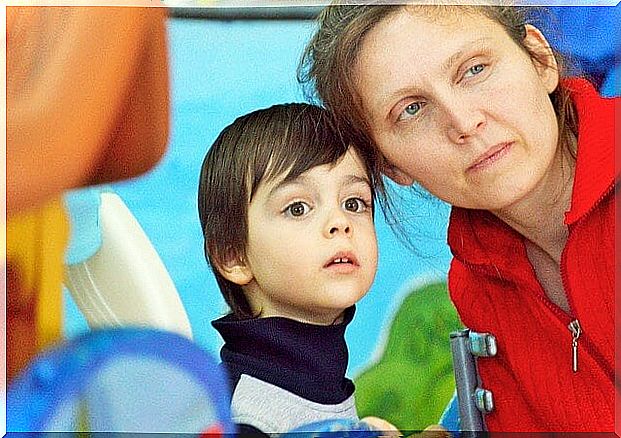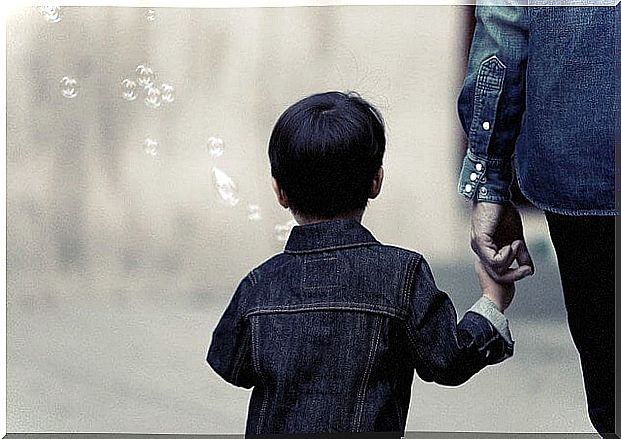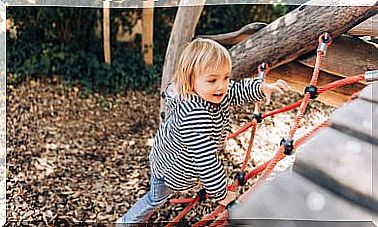How To Say No To Children

Authoritarian parenting was very popular in other decades. It conceived discipline as a practice accompanied by fear, little affection and warmth, and without space for communication between parents and children. But the reality is that you can set limits in a firm but warm and loving way. Saying no to children should not be accompanied by fear or severity.
A democratic father, (as opposed to an authoritarian one), will listen to his children, will also establish norms and will do it in a coherent way. You will know how to say no on time and yes whenever necessary. In addition, these types of parents will be able to admit when they are wrong in order to find the best solutions. This will teach children a good role model, where mistakes are present but to learn from them.

A permissive father who does not know how to say no to his children is warm and loving but does not give them the essential elements for children to have a healthy childhood. Well, the limits and routines are necessary so that they can form their personality.
Why is it so difficult to say “no” to children today?
It is not known for sure why it is so difficult for parents to say no today. Each family is different and each has its own idiosyncrasies. But access to information and different educational styles can make parents realize that discipline can be passed on to children without the need to instill fear and without being so negative.
However, the “no” must be present in the education of children. There should be a flexible discipline where parents learn to set limits appropriately. On many occasions, parents must set limits regarding the purchase of toys or children’s requests, since advertising campaigns are quite aggressive and children want everything they see.

How to learn to say “no” to children
It is not always easy to say no to a child, especially when they know how to blackmail as emotional experts to get their wishes. But you have to master the art of negotiation and think that, whatever your intention is, you should assess whether it deserves to fight for it.
You should not create the habit of putting and putting your children’s wishes ahead of your own. In most cases it is simply a matter of establishing an order of priorities. Children will always want to push themselves hard and figure out how far they can go, so it is necessary to be consistent and learn to set clear limits.
One idea is to involve children in a decision-making before they accept the rules, and to find the best option in which they are a “win-win” among all. That is, where the will of the parents is respected but it is the child who accepts the measures taken out of his own conviction.
For example, if the child does not want to go to bed to sleep, he can be allowed 10 more minutes to watch his favorite program on the condition that he go to bed afterwards. If you do not want to go to bed later, it will have a logical consequence, such as that the next day you will have to go to sleep 10 minutes earlier.
Don’t be afraid to set limits
It is very important to be aware that you should not say yes just to avoid confrontations, because although it seems the easiest way in the long run it can lead to serious behavior problems in children. If you say yes to everything, your children will think that they have an absolute right to be able to demand everything they want and if you do not satisfy them, they will go into a rage. Saying no on time is undoubtedly the best option.
Saying no to children will help them promote their values and learn great life lessons. In addition, they will also learn new skills to function in society because in life they will not have everything the first time and they will have to strive to get things. Do not feel guilty for saying no, as adults they will appreciate the values that you transmitted with your upbringing.










